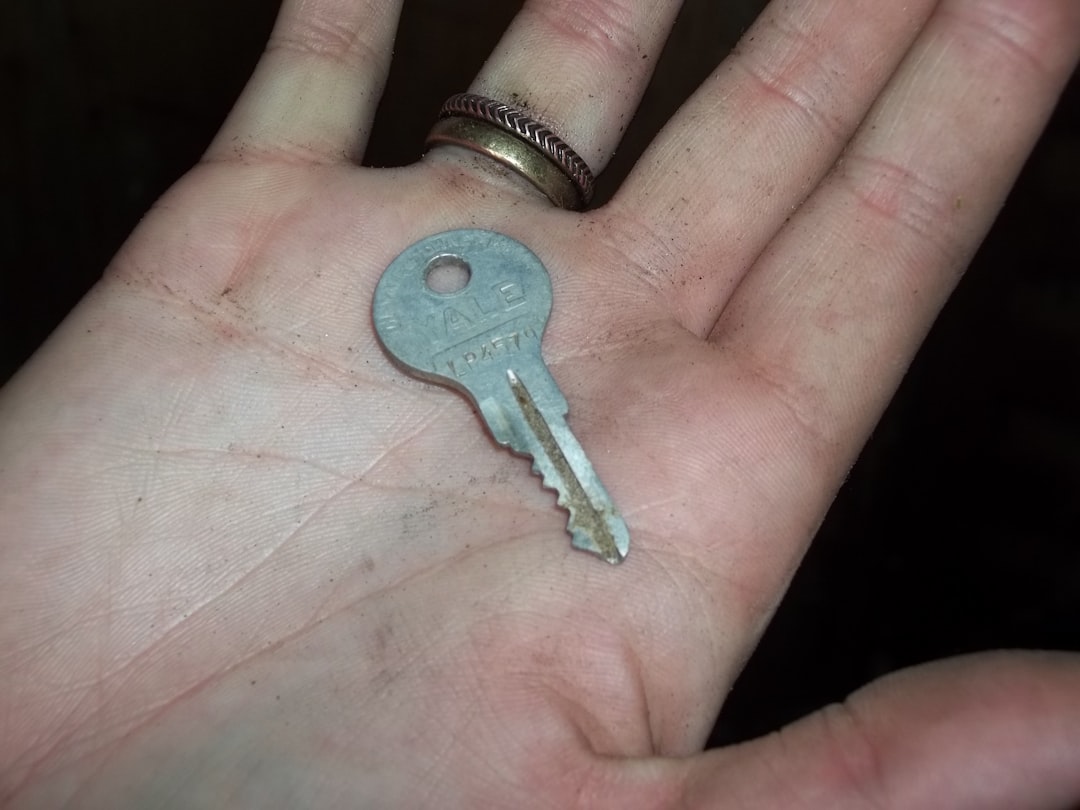What is it about?
Traditional models of body size evolution in vertebrates view small body size as ancestral. This is the case for evolutionary interpretations of our own order, Primates, to the extent that Malagasy mouse lemurs, the smallest living primates, have been proposed as model primate ancestors, or plesiomorphic avatars from which to generate scenarios of primate eco-morphological and behavioural evolution. The sparse, fragmentary fossil record has tended to support this model, although it may be influenced by taphonomic factors: many fossils occur in fissure-fillings. Phylogenies of extant lineages reconstructed using molecular sequence data imply instead that the small body size of mouse lemurs evolved relatively recently, during the late Miocene (10 – 7 Mya), and there is no compelling evidence that the ancestral character states of living primate lineages were concentrated at the lowest extremes of the body size continuum. Also, mouse and dwarf lemurs (Cheirogaleidae) have been shown repeatedly to share a common ancestor with sportive lemurs (lepilemurs) in the early Oligocene (+ 30 Ma). Morphometric studies of adult cheirogaleid skulls show close similarities in size and shape relationships to juvenile skulls of lepilemurs, suggesting strongly that living mouse and dwarf lemurs evolved from a larger ancestor shared with lepilemurs, and underwent several parallel episodes of dwarfing during the latest Miocene to Pleistocene. Small bodied cheirogaleids show evidence of progenesis, or a truncation of development. The most likely selective driver of this process was the hyper-variability of Madagascar’s climate, which selected animals that reproduced at earlier phases of the developmental process.
Featured Image
Why is it important?
Our interpretations of evolution are based on unsubstantiated and hubristic scenarios of how and why evolution works. Interpretations of the evolution of primates, our order, are based (implicitly or explicitly) on an assumption that we are the pinnacle of evolution; that every non-us primate species is striving to be us. Small is primitive (small brains!); arboreal is primitive; nocturnal is primitive - as if primate evolution was based on a seed in the forest striving towards the light. We need to develop respect for species that are not like us, and have different requirements. Additionally, we need to give them the space they need to survive.
Perspectives
This paper has the potential to change prespectives on the evolution, not only of primates, but of other species as well. Evolution has never been an orthogenetic process of transition from a perceived ancestral state to a perceived derived state: it has always been a process of adaptive responses to idiosyncratic and unpredictable forces. If this is not the case, we cannot invoke natural selection as the process.
Professor Judith C Masters
University of Fort Hare
Read the Original
This page is a summary of: The red island and the seven dwarfs: body size reduction in Cheirogaleidae, Journal of Biogeography, July 2014, Wiley,
DOI: 10.1111/jbi.12327.
You can read the full text:
Contributors
The following have contributed to this page










